Wildlife Tourism in Nepal - Discover Wild Wonders of Nature
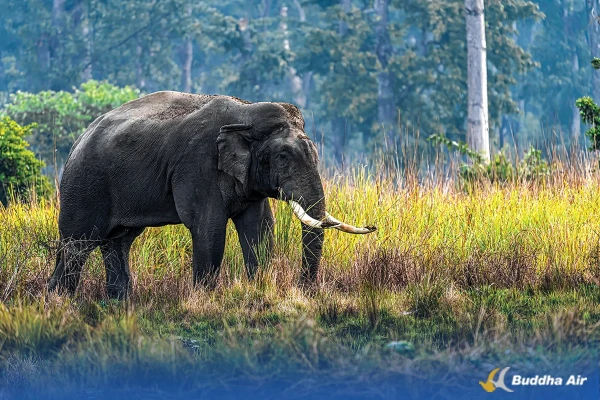
Nepal is a paradise for birdwatching tourism. Within our small geography, we have mountains, hills, and plains. Each of these regions is home to a diverse array of birds, flora, and fauna. Such vast biodiversity within a small area is a rare phenomenon globally. Moreover, the Spiny Babbler, a bird found nowhere else, is native to Nepal only.
There are 902 species of birds recorded in Nepal. Of these, I have studied about 641 species and photographed most of them.
Bird watching brings joy. It provides relief from depression and rejuvenates both body and mind.
Nepal has tremendous potential for bird-watching tourism. The number of tourists visiting for this purpose is increasing every year, and the number of nature guides is also growing. Tourists who come for bird watching are often generous spenders. Many are retired, with ample time and money to devote to the activity.
Unfortunately, the Government of Nepal has not effectively promoted wildlife tourism. Bird and animal habitats are being destroyed. Wetlands are disappearing. Poaching remains uncontrolled.
The most significant concern is the protection of habitats. The government, conservationists, and local communities must collaborate to ensure effective habitat conservation. Nepal's national parks also need to be more tourist-friendly. Currently, park administrations often conduct clearing work during the bird-nesting season. They burn dried leaves and branches, which disturbs both birds and animals. Such activities should be managed in a way that minimizes harm to wildlife.
Wildlife photography itself is challenging. On the one hand, it is costly to purchase the necessary equipment; on the other hand, it demands hard work, patience, and persistence. Although it is an expensive pursuit, it brings immense selfsatisfaction.
Here, I would like to share some of the photographs I have taken:
Himalayan Tahr
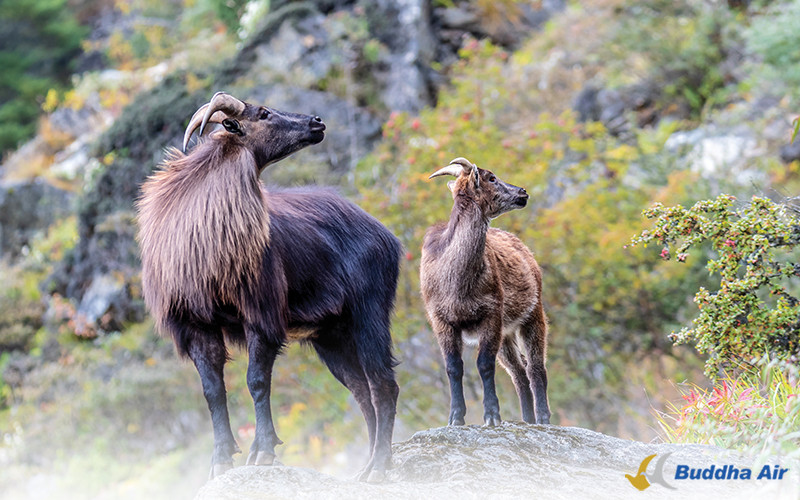
The Himalayan Tahr, a type of mountain goat, is found at elevations from 3,000 to 4,500 meters. It feeds on grasses found in the Himalayan region and inhabits small forests along hill slopes. The male has large horns and a lion-like mane around its neck. During the mating season, males whistle to attract females. At other times, they leave the herd and live alone. I captured this photograph in the Everest region.
Red Panda
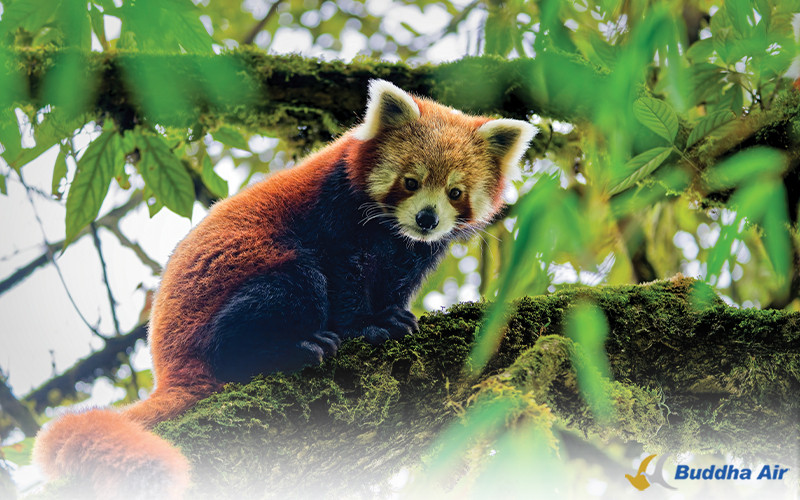
The Red Panda, sometimes referred to as the “shining cat,” is a shy animal found in the Himalayan and hilly regions. It feeds mainly on bamboo leaves and shoots. At first glance, it resembles a domestic cat. Its body is about one meter long, and its tail can measure up to 60 centimeters. Red pandas generally live in trees and are fast runners. Their average lifespan is eight to ten years. I took this photo in Dobate, Ilam.
Nilgai
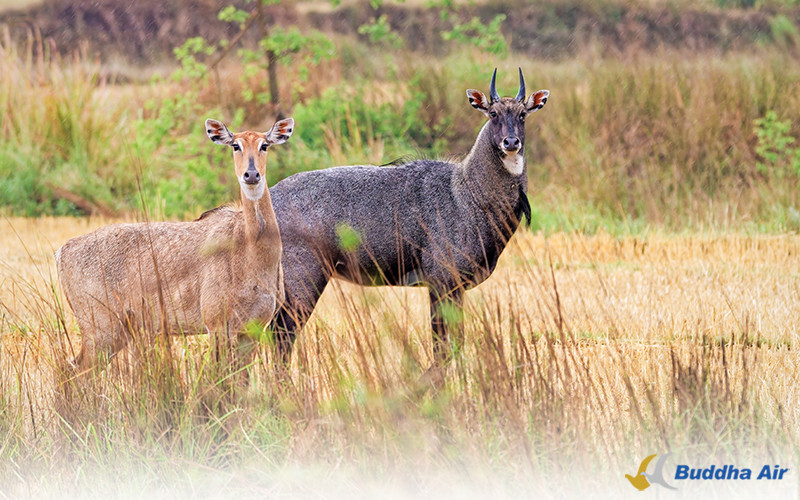
Nilgai is a sturdy, thin-legged antelope found in Nepal and other parts of Asia. It has cow-like ears, short curved horns, short black hair on its neck, and a tuft of long hair at the throat. Males are typically dark grey to light black in colour, while females are brown. Only males have horns. Locally, it is also known as the "lily cow." I captured this photograph of a male and female Nilgai in Lumbini.
Spiny Babbler
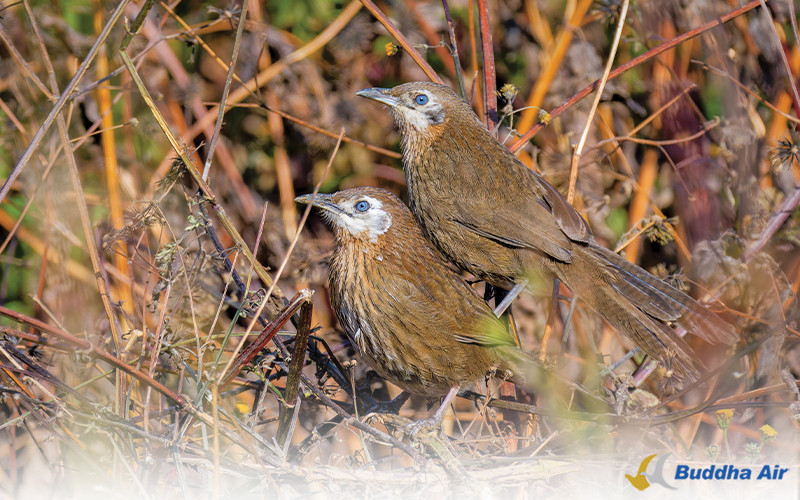
Spiny Babbler is a bird found only in Nepal. I have seen it at altitudes ranging from 800 to 1,500 meters. It is a shy bird, but it often emerges in the morning sunlight to sing from warm slopes or bushes. Its diet consists of insects and grasshoppers. I photographed a male and female together at Bhimdhunga in Kathmandu.
You May Also Like: Bird Watching as Meditation - Mindfulness in Nature
Wild Elephant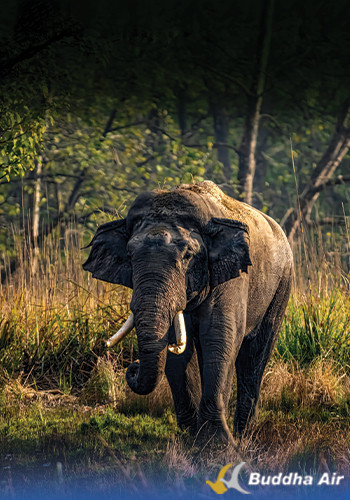
I photographed a male wild elephant in Bardiya. Wild elephants usually travel in groups, and males often become aggressive during mating season. They are commonly found in the Terai region. Elephants do not stay in one place; instead, they travel about 10 kilometers a day in search of food. Their diet consists of tree bark, leaves, and grass. There are currently about 150 wild elephants in Bardiya.
Rat Snake
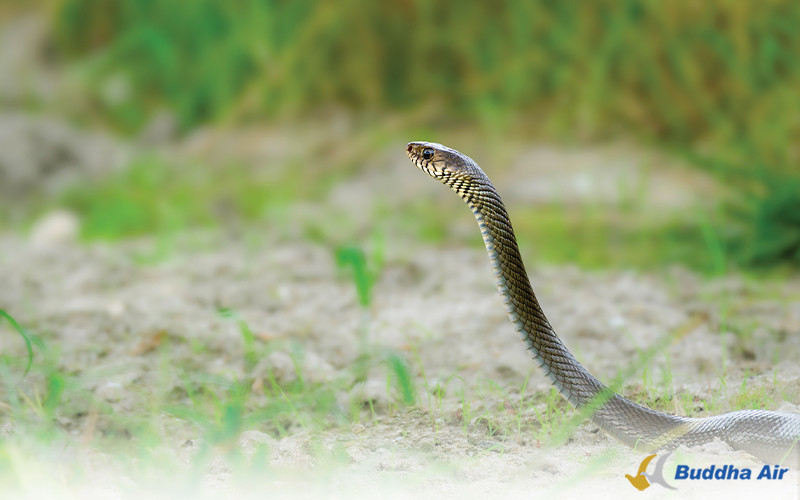
There is a common misconception that all snakes are poisonous. In reality, not all of them are. The rat snake, known locally as Dhaman, is found from the Terai to the hilly regions. It is called the "farmer's friend" because it eats rats that destroy crops in the fields. Naturally shy, this species tends to avoid confrontation. I captured this photo in the Manohara River of Kathmandu Valley.
Marsh Crocodile
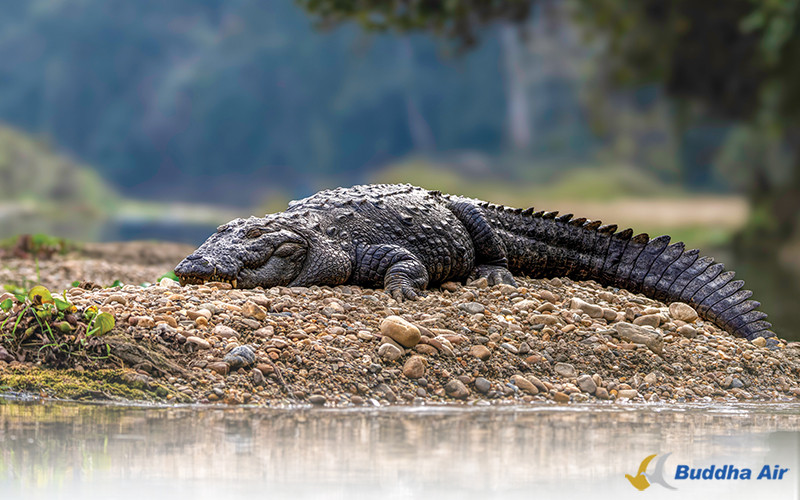
Marsh Crocodile is found in the rivers, streams, and lakes of the Terai. As a carnivore, it preys on animals such as deer and fish. This species thrives in the clean waters of the Indian subcontinent, including southern Iran and Nepal. However, it has already become extinct in Bhutan and Myanmar.
Himalayan Monal
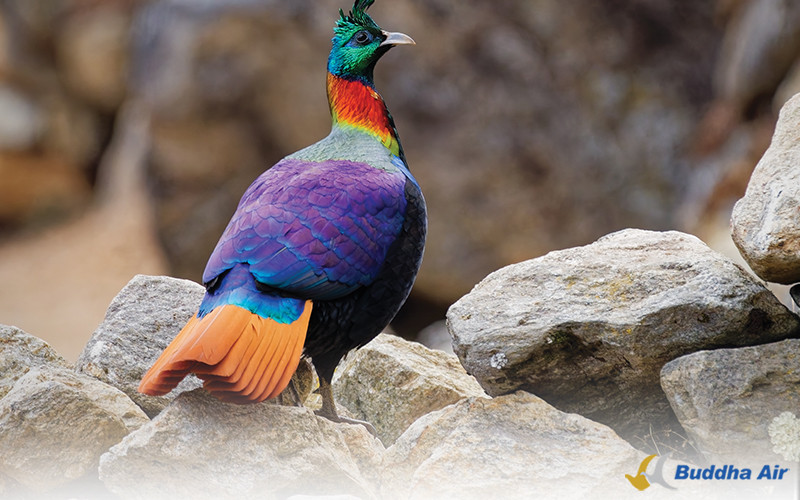
The Himalayan Monal, locally known as Danfe, is Nepal’s national bird. It is admired for its colourful plumage. It is found at elevations ranging from 3,000 to 4,750 meters, and down to about 2,500 meters during winter. Shy in nature, this bird feeds mainly on insects and roots found on the ground, as well as berries and moss. I captured this photo in Sagarmatha National Park.
The Royal Bengal Tiger
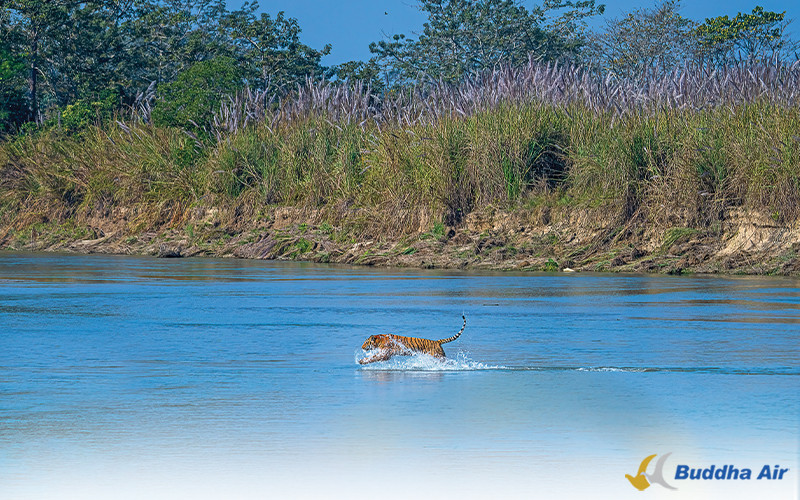
The Royal Bengal Tiger is a subspecies of tiger native to India, Nepal, and Bangladesh. It can survive in a wide variety of habitats, not only in grasslands, warm and temperate evergreen forests, and shrublands, but also in deserts, dry bushes, and moist swamps. Male tigers generally weigh between 205 and 227 kilograms, while females average around 141 kilograms. The Royal Bengal Tiger is an endangered species, with 355 individuals recorded in Nepal. I photographed this tiger in Madi, Chitwan.
Sarus Crane
Sarus Crane is the largest and tallest bird found in Nepal. Unlike many other bird species, it prefers to remain in one area and does not migrate. It has a distinctive white head, red neck, and brown body. Standing up to 6 feet tall and weighing about 3.5 kilograms, it has a wingspan of around 8 feet when fully extended. Nepal is home to more than 700 Sarus Cranes. I photographed this bird in Lumbini.
About the Photographer
Pratap Gurung is a trekking guide by profession and a wildlife photographer by passion. He has been working in the tourism industry for over three decades. Starting his career as a porter, he now leads international trekkers across Nepal through Langtang Re Trekking and Expedition. He has been practising wildlife photography since 2011, capturing countless images of birds and animals. “I support my family through guiding,” he says. “Photography has not brought me financial gain; it is only a source of personal satisfaction.”
Now 49 years old, Pratap reflects on his own life story with interest. Born in Gairi Gaun, Nilakantha Municipality-11, Dhading District, he fled home in 1994 after failing his eighth-grade exams and came to Kathmandu.
At that time, he worked as a cleaner in a sweet shop in Ratna Park. Soon after, he met Purushottam Dhakal from his village, who introduced him to trekking. He began as a porter with Langtang Re, gradually rising through the ranks to become a trekking guide in 2002.
Today, he resides in Naya Bazar, Kathmandu, with his mother, Krishna Kumari, his wife, Krishna Maya, and their daughter, Srijana. His son Pradeep is pursuing his studies in Denmark.
Encouraged by his wife, Pratap continues to pursue his passion for wildlife photography. His mentors in bird-watching include his friends Krishna Gurung, Gopi Shrestha, and Furkel Sherpa.
He says he has no grand ambitions: “I enjoy nature. I will continue to engage in wildlife photography. I plan to travel not only within Nepal but also to foreign countries to take photographs.”
Best wishes to Pratap Gurung, who, through his work, serves as an unspoken ambassador of tourism, showcasing Nepal's natural beauty to the world! Contact: 9841136123
